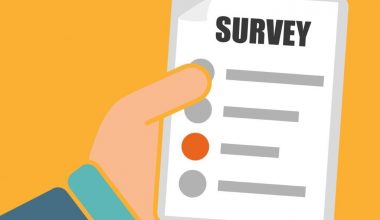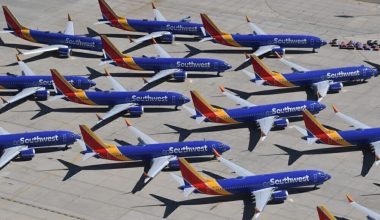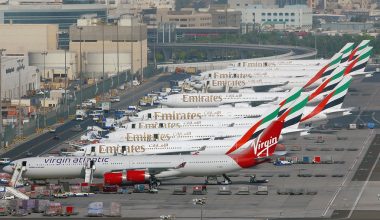
Plan for repatriation flights goes awry, yet 2200 pax welcomed back to Nepal
Two weeks ago, and after weeks of pressure, the government announced a repatriation plan for Nepalese citizens stranded overseas. It was a great plan with 67 flights bringing 10,000 passengers to Kathmandu in a span of two weeks. Fantastic! Everyone at the council of ministers and at the MoCTCA padded themselves on the back.
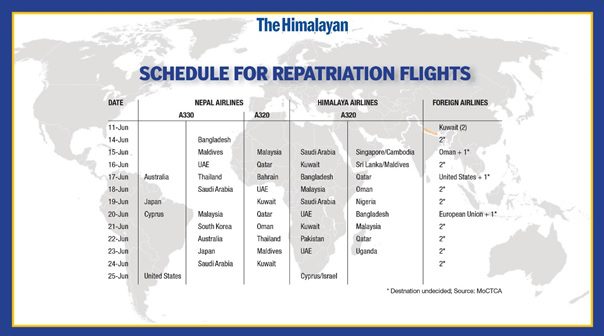
Except that nobody told CAAN, Nepal Airlines or Himalaya airlines!
These are the organizations responsible for the smooth execution of this plan. Right from the start, the list included at least 8 destinations that the airlines had never flown to. Others were problematic from a flight planning point of view, like the USA or Australia. Nepal airlines is banned from European skies, so it would require flying east to Tokyo and then over to the USA either over the Pole or the Pacific. Both are extremely complex flight plans. The flight plans to Australia used for the 3 rescue flights in the last few weeks were one-time authorizations that took 2 to 3 weeks to obtain. Yet, an Australian repatriation was scheduled for day 4. This created an immediate push back from the airlines, foreign embassies, and some Nepalese embassies abroad.
In addition, the government wanted to control the fares for the charters. Even though the supreme court was debating if the government should pay for the repatriation flights out of the welfare fund, some at the MoCTCA wanted to allow “selected” travel agencies to handle the repatriation charters and sell the outbound portion of the flight as well. Because of previous complaints of price gauging, MoCTCA decided to set the fare for each destination. However, Nepal embassies in Oman and the US immediately indicated that they could charter flights from local international airlines from a cheaper rate. The government gave in and allowed the overseas embassies to organize their own charter if they could do it at a cheaper rate. Finally, yesterday, the supreme court decided that the government should pay for the flights from the welfare fund. All this chaos and indecisiveness resulted in a disastrous implementation of the plan. Out of the 22 flights that were supposed to take place between June 11 and June 17, only 8 went as planned. 4 flights that were not in the schedule also took place. As for the rest of the plan, changes are already in the works.
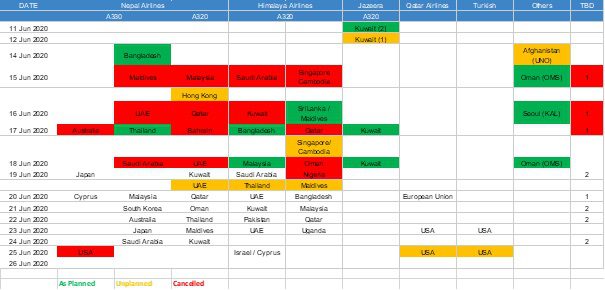
However, there is good news. Since the beginning of the lock down, around 2200 people have been brought back from 31 destinations on 20 flights. 9 different operators have been involved and most of the flights have taken place on narrow bodies.
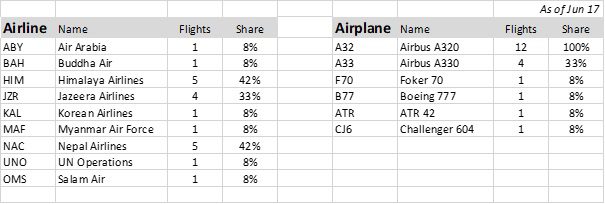
Although the projections seem to indicate that 10,000 Nepalese will be returned home by the end of the month, it only represents 18% of all of those who have registered to come home. So, either this repatriation plan will have to be extended or the international airport will have to be reopen for commercial flights.




